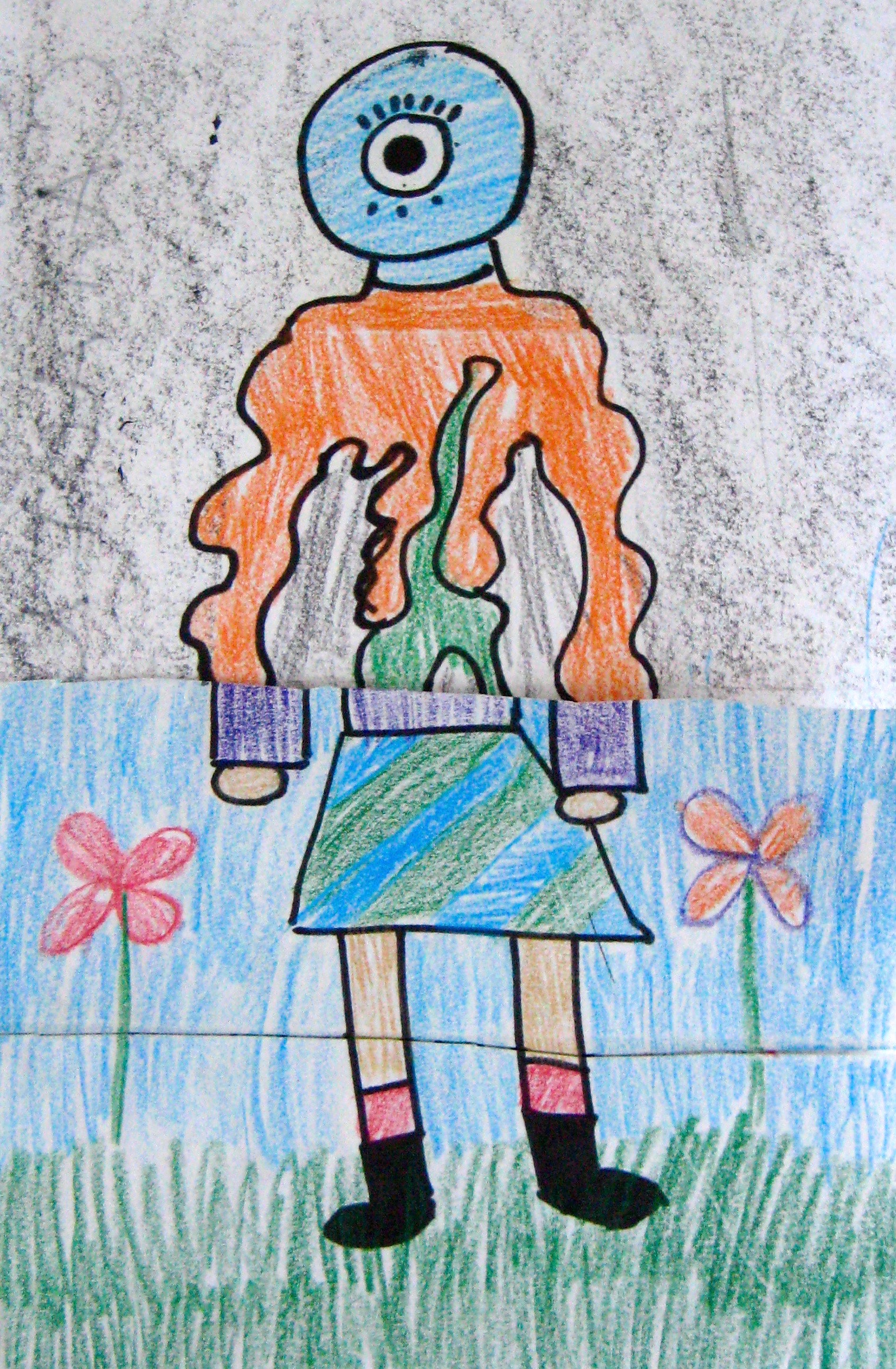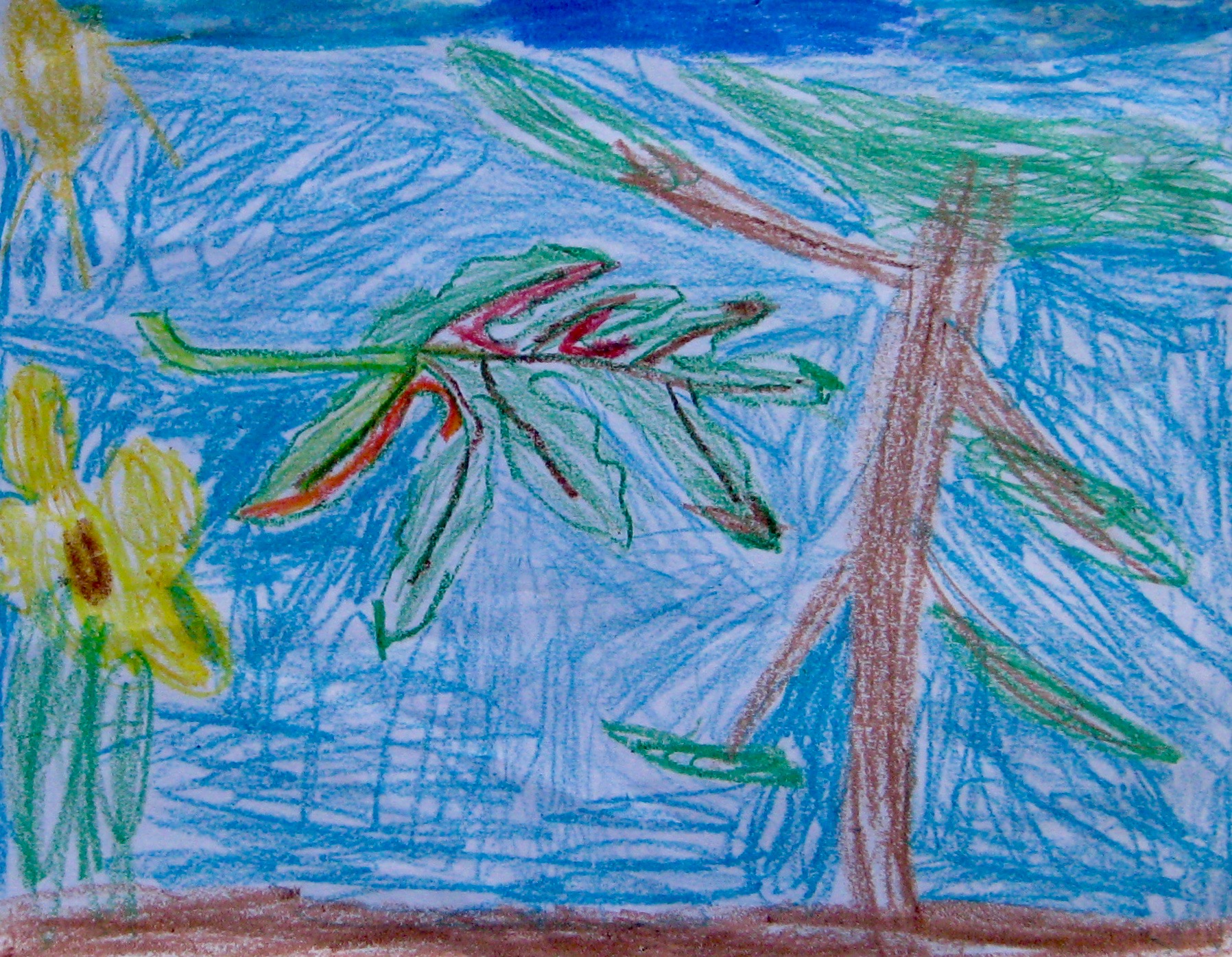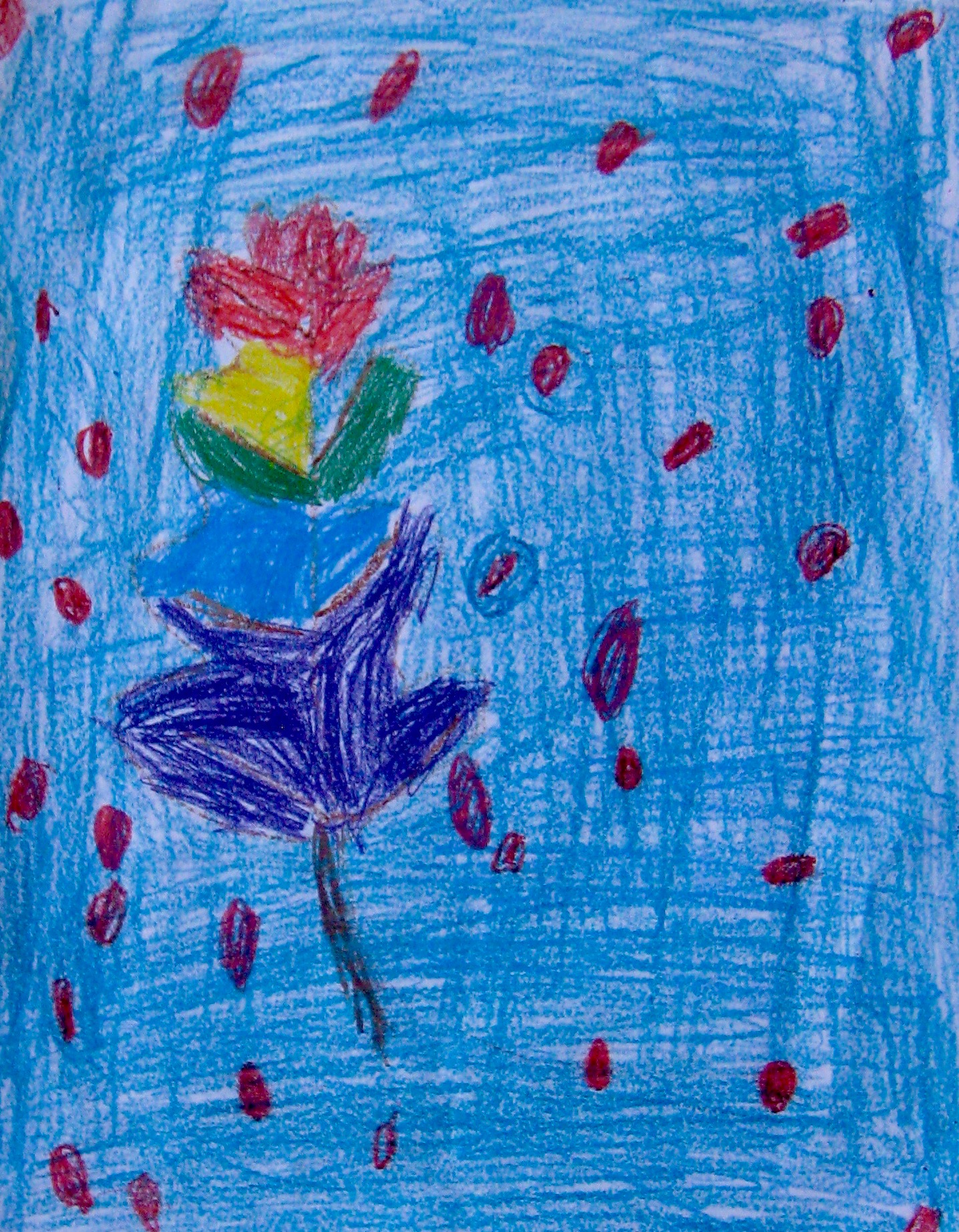More about Starters:
Helping students gather visual knowledge & art skills at the same time as they develop their own ideas and thinking
A core component of learning in my art class revolves around this question: How can I balance helping students develop their art skills—use of tools, techniques, media and processes—and nurture and refine their ability to communicate imaginative, creative thinking in original works of art?
One way I do this is with what I call starters. Starters help students get their hands and minds moving to make those first marks on the paper at the same time as they practice specific art techniques, tools, materials and processes. In addition, the starter initiates a process for students where they access and use their own ideas while they draw or paint.
To read more about starters and how I help students develop their skills and creativity, click below to read my recent article on the Mills Teacher Scholars Blog.
First grade students are amazing. They come to art class full of stories and excitement about trying something new. It’s not difficult to connect them to their creativity—give first graders an opening and their creativity flows with ease onto the paper. The three images above were done while looking at flowers in vases set up on the students’ tables: there’s a still life on an earth with people, watercolor splashed freely over an ink drawing. . .and the third image . . . this student became so engaged with using oil pastel on her painting that the still life disappeared altogether under the energetic multicolor drawing and scraping.







































